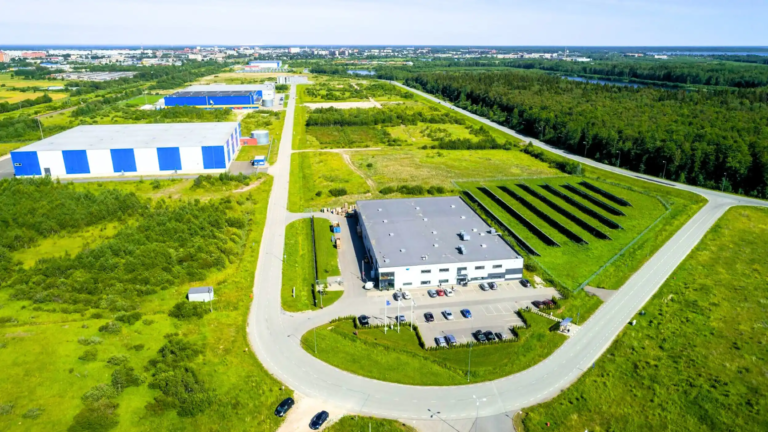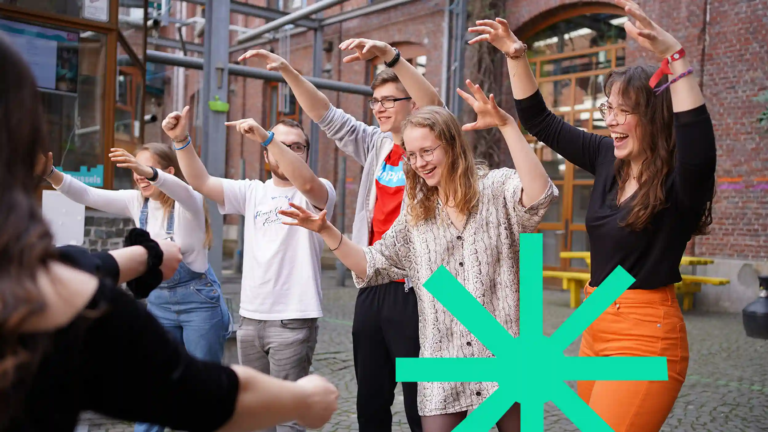Why?
A project specification is based on two key aspects: the client’s business goals and capabilities on one hand, and the needs of the users on the other. When an idea or problem arises, it’s often clear that something needs to be done. But creating a solution requires a more concrete and holistic plan that accounts for all factors and variables. The project specification exists to map out and define exactly that.
A project specification outlines:
- Who is it for, what is being created, and why?
- What information is already available?
- What exactly needs to be done to bring the solution to life?
- How will the final result be evaluated?
The project specification is an integral part of our design and development services. Just as you can’t build a solid house without architectural plans, you can’t develop a digital product without a proper specification.
Step-by-step: how we create a project specification
1. Mapping expectations and needs
The process starts with the client.
- We get to know your values, market position, competitors, key selling points, and business goals.
- We identify the website’s role in your marketing strategy or organization’s operations.
- We assess the current situation and define what you want to achieve.
- Together, we determine what needs to be changed or created.
2. Website visitor analysis
The second step is analyzing your website users.
- The second step is analyzing your website users.
- We examine who the users are and what motivates them.
- We define why and how users should interact with the site.
- Where possible, we track site usage with analytics tools to uncover pain points and new opportunities. This forms the basis for shaping the user experience.
3. Describing the project specification
Once we have the necessary information and have analyzed the data, we compile the project specification for building the website (or another digital product). It provides a clear overview of what the site must do and how it will benefit the user.
- We describe the functional requirements—what actions the solution must support. For example, can users purchase products, read articles, or watch videos? We model concrete use cases or user stories that can later serve as the basis for testing.
- We describe the non-functional requirements—what standards the solution must meet, such as usability and accessibility, code quality, performance, security, and more.
- We define the information architecture—how the site’s content and sections relate to each other, what pages are needed, and how they’re structured.
- We describe the technical requirements. This includes outlining the views and content blocks that need to be created and how they should function technically.
Every project specification is different depending on the needs. Some parts may require detailed descriptions, while for others, general principles are enough. The result is a complete project specification document with relevant appendices, offering a clear understanding of the solution and the expected scope of work. It can be used to order design and development services, request quotes, or conduct procurement processes.






